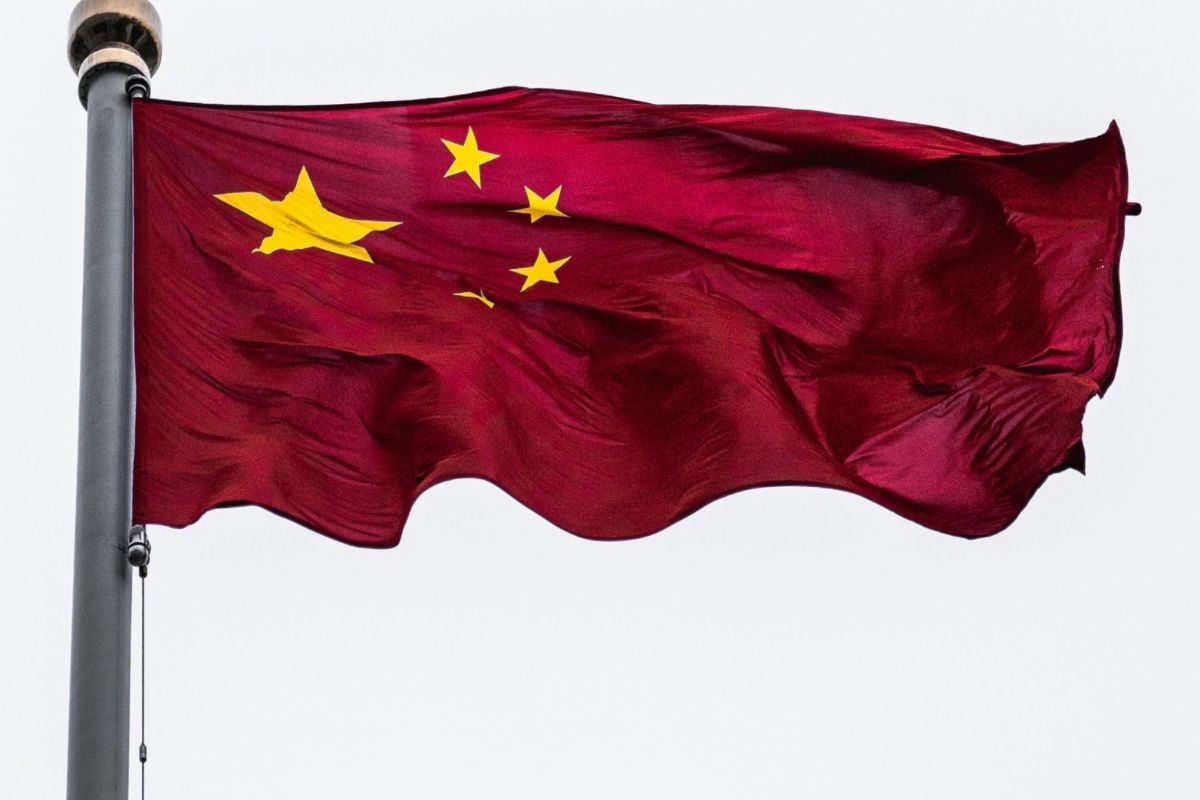China has named several bridges along the highway that connects Tibet and Xinjiang after the four soldiers who were killed in the 2020 Galwan Valley clash with India, local media reported.
According to The Global Times citing pictures circulated on the online platform, 11 bridges were named after their soldiers who were killed and even their hometowns including Xiangrong bridge, Siyuan bridge, Zhuoran bridge and Hongjun bridge.
Advertisement
While sharing the link to the story, China’s state-affiliated media tweeted, “Names of 4 martyrs who sacrificed lives on the #GalwanValley border now appear at road signs along a highway connecting China’s #Xizang & #Xinjiang, a way of commemorating those heroes who have become the epitome of Chinese people’s ever-growing patriotism.”
The names of the four soldiers – Chen Hongjun, Chen Xiangrong, Xiao Siyuan and Wang Zhuoran – were only revealed by the Chinese government in February 2021, reported The Global Times.
Recently, in September, armies of India and China completed the disengagement process in the Gogra Heights-Hot Springs area near Patrolling Point-15 in the eastern Ladakh sector, according to government sources.
The two sides have also completed verification of each other’s positions adapter pulling back troops from the friction point.
The process started on September 8 after the discussions between the two sides during the 16th round of corps commander level.
Both armies were supposed to move back from their present positions towards their respective sides of the LAC and verify each others’ positions after that.
The two sides have now resolved all the friction points that came up after the May 2020 aggression by the Chinese army in an attempt to alter the status quo on the LAC.
The disengagement process included the dismantling of infrastructure built by the two sides at the location where they had deployed troops and other assets.
The previous locations from where they had disengaged included the Galwan area and the two banks of the Pangong lake in eastern Ladakh.
Earlier, in response to a media query earlier, MEA Spokesperson Arindam Bagchi said the disengagement process in the area will be completed by September 12.











